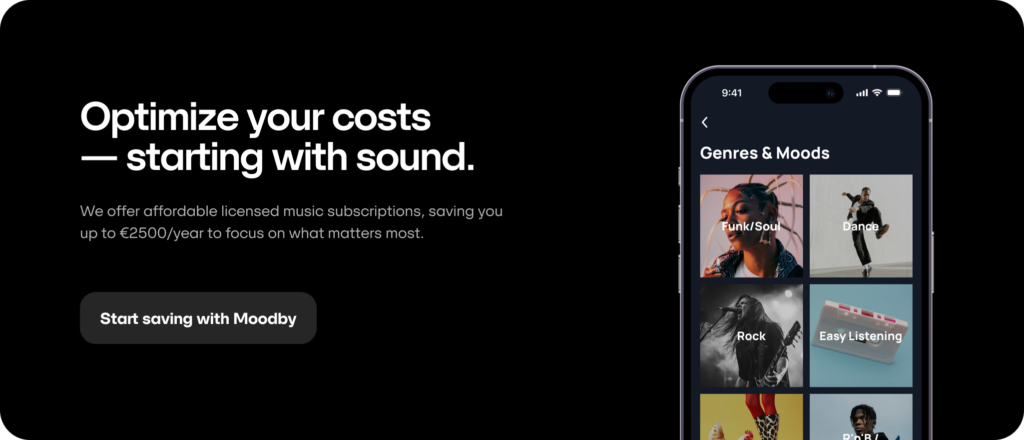Launching Your Fitness Venue: How to Start a Gym Successfully

Starting a gym is an exhilarating journey for anyone passionate about fitness and community. This article guides you through the essential steps involved in opening a gym, weaving in real-world examples, industry insights, and a friendly, human tone.
- Shape the Vision and Conduct Research
- Build a Business Plan & Secure Finances
- Choose Location, Layout & Equipment
- Staff, Service & Membership Strategy
- Marketing, Launch & Build Momentum
- Key Metrics to Monitor
- FAQ


Shape the Vision and Conduct Research
Your concept is the foundation of everything. Before you dive into equipment or lease negotiations, you need to clarify what kind of operation you’re building: a 24-hour general fitness centre, a boutique strength studio, or a hybrid personal-training-plus-classes model. This kind of clarity anchors all decisions—from facility size to staffing and target demographics.
Market research follows. Check local population demographics, competitor gyms, trends in boutique vs. standard clubs, and latent demand. A poorly chosen location or a saturated market can turn enthusiasm into struggle.
Think: Who is your target audience? What are the price points they’re comfortable with? What services are missing in your neighbourhood?
Build a Business Plan & Secure Finances

Once you know your vision and research path, you need to get down to numbers. Writing your gym business plan lets you map out revenue streams (memberships, personal training, merchandise), fixed and variable costs (rent, equipment, utilities, staffing), and your break-even point. One detailed guide noted that typical gym startups cost between $50,000 and USD $500,000 or more, depending on size and services.
Funding can come from personal savings, bank loans, investors or partnerships. Decide early how you’ll handle cash flow in those first lean months.
Legal structure (LLC, partnership, corporation) also matters early for liability, taxes, and financing options.
Choose Location, Layout & Equipment
Equipment investment is one of the major costs in opening a gym. From cardio machines and weight racks to flooring and ambient lighting—you’ll need to align your purchases with your concept and budget.
The value of your real estate and layout cannot be overstated. Choose a space with good visibility, accessibility, parking or transit options, and strong foot traffic. Inside, design the layout to deliver: reception, workout zones, free-weight areas, cardio sections, studios, locker rooms. Good flow matters to guest satisfaction.
Insider tip: Try to lease equipment or buy used on high-value items if budget-sensitive; it can free up cash for marketing or staff training.
Staff, Service & Membership Strategy

Your staff aren’t just employees—they are the face of your gym and the creators of your culture. Hiring certified trainers, enthusiastic front-desk staff, community managers, and cleaning crews should be strategic. Training them in member relations, upselling personal training, and retention techniques pays dividends.
Membership structure is crucial: Decide on tiers (basic, premium, classes included), add-ons (personal training, nutrition coaching, merchandise), and contracts or month-to-month models. A smart subscription model helps stabilise revenue and reduce churn.
For anyone focused on building a successful gym business, it’s essential to plan for member onboarding, community engagement (events, challenges), and referral programmes.
Marketing, Launch & Build Momentum
When you’re ready to move from concept to action, marketing becomes your engine. Use pre-launch campaigns (early-bird memberships, free trial weeks), local outreach (schools, companies, community events), and digital channels (website, Instagram, TikTok, Google listing). According to one industry resource, the fitness space is evolving faster with hybrid and online/offline models—so your marketing must reflect flexibility.
Once starting a gym, monitor metrics (membership growth, retention rate, class fill-rates, personal-training uptake) and adjust tactics. The key is building momentum and sustaining it beyond the first rush of new sign-ups.
Key Metrics to Monitor

Before scaling, you need to know what to track. Below is a simplified table listing crucial metrics when opening a gym.
| Metric | Why It Matters | Target Insight |
| Membership count | Volume of paying members = core revenue | Growth of 5–10% month-over-month early on |
| Retention / churn rate | Steady revenue depends on holding existing members | Aim for churn < 5% per month |
| Personal-training uptake | High-margin service plus member loyalty | Track % of members using PT services |
| Revenue per member | Maximises value of each account | Boost via add-ons, classes, retail |
| Equipment utilisation | Shows whether space and machines are optimally used | Monitor peak vs. off-peak usage |
Keeping a dashboard helps you make data-driven decisions—whether to add a new class, shift pricing, or upgrade equipment.
FAQ
What section should I focus on to keep members long-term?
Member retention is fiercely driven by culture, community, and service quality. For anyone opening a gym, regular events, friendly staff, progress tracking, and renewal incentives are key to keeping people engaged beyond the novelty phase.
How much does it cost to open a gym?
Startup costs vary widely. For a small boutique studio, you might spend USD $50,000–$100,000; for a larger facility, the amount could easily exceed USD $250,000. Equipment, leasehold improvements, and location are major factors.
How can I attract the first members when opening a gym?
Use a combination of early-bird offers, community events, referral incentives, free trial classes, local partnerships (corporates, schools), and social media campaigns. Momentum is key early on, especially when starting a gym in a competitive market.
What is the first step in starting a gym?
The first step is defining your concept and conducting market research. Only once you know who you’ll serve and how you’ll differentiate can you confidently move into planning and financing.
What legal permits and licences are required for a gym business?
You’ll generally need business registration, health and safety permits, liability insurance, possibly zoning approval, and certification standards if offering training or classes. Compliance protects you and your members.
Is starting a gym still a good business opportunity?
Yes—demand for fitness and wellness continues to grow globally. But success in the gym business depends on differentiation, strong operations, member experience, and adaptability to changing models (e.g., hybrid in-person/online offerings).


